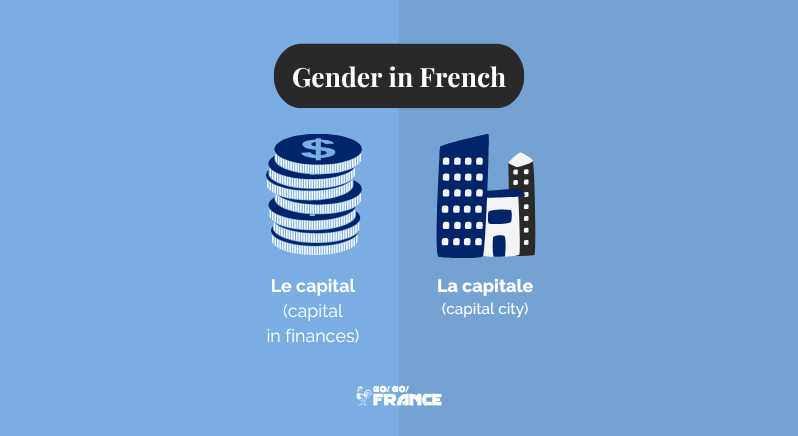If you need to send a parcel to France, knowing the right steps can save you time and ensure a smooth delivery. Whether it’s a gift, important documents, or personal items, following the proper process is key.
Choose the right courier service
The first step to sending a parcel to France is selecting the right courier service. There are several international courier companies, each offering different shipping options, speeds, and price points.
Popular services include:
- DHL: Known for its fast, reliable express delivery service.
- FedEx: Offers comprehensive tracking and good customer service.
- UPS: A well-established provider with flexible shipping options.
Shipping costs can vary greatly. Make sure to get multiple quotes from different companies to find the best deal for your situation.

Prepare your parcel for shipping
After selecting a courier, the next step is preparing your parcel. Proper packaging is essential to ensure that your item arrives intact and on time.
Follow these tips to prepare your parcel effectively:
- Choose a sturdy box: Pick a box that’s just the right size—too big, and the item might move around; too small, and it could get damaged.
- Wrap the item securely: Use bubble wrap or other cushioning materials, especially for fragile items.
- Seal the box properly: Reinforce all openings with heavy-duty packing tape to prevent accidental openings.
- Label the package clearly: Include both the sender’s and recipient’s full names, addresses, and phone numbers. Please find more details about French address system below.
Prepare your declaration form
When shipping to France, it’s crucial to include the correct customs declaration form. There are several types of declarations, with their own data set, corresponding to specific uses.
More information here: https://www.douane.gouv.fr/new-customs-declaration
Additionally, France applies Value Added Tax (VAT) on imports from outside the EU. The standard VAT rate in France is 20%. The recipient is typically responsible for paying VAT before the parcel is delivered. Ensure the declared value is accurate to avoid delays or additional charges.
More information here: https://wise.com/gb/vat/france
Delivery times
Delivery times vary based on the courier service and the shipping option you select.
Here are some general timeframes for the most popular sending options:
- Express shipping: 1-3 business days
- Standard shipping: 5-10 business days
- Economy shipping: 10-20 business days
Costs will also vary depending on the weight, size, and urgency of the package. Most courier websites offer shipping calculators to give you an estimate.
Tracking your parcel
Tracking your parcel is a great way to monitor its journey from start to finish. Most international courier services provide tracking numbers that allow you to check the status of your package online. This feature can help ensure peace of mind, especially when sending valuable or time-sensitive items.

Address formatting
Properly formatting the address is essential to ensure proper delivery.
Here’s the standard structure:
Name of recipient
Street number and name
Postal code and city
Country
In some cases, additional details such as apartment or building numbers are included. For example, “Apt.” refers to “appartement,” and “Bat.” is short for “bâtiment” (building). These details are placed after the street number and before the postal code.
Here’s an example:
Jean Roger
Apt. 5 Bat. B
12 rue de la Paix
75008 Paris
France
Common terms
Here are common terms used to describe streets:
- Rue: The most common term, meaning “street”.
- Avenue: A broader road, typically in urban areas.
- Boulevard: A wide street.
- Chemin: Refers to a smaller or rural path.
- Impasse: A dead-end street.
- Allée: A lane, often lined with trees.
- Place: A public square or plaza.
Postal codes
Postal codes are five digits long, with the first two digits representing the department (region) and the last three digits representing a specific area, town, or district. For example, “75008” refers to the 8th arrondissement (district) in Paris.
If you’re moving to France and need to ship large volumes of items, be sure to check out our guide: https://gogofrance.com/en/blog/move-to-france-shipping-guide/











